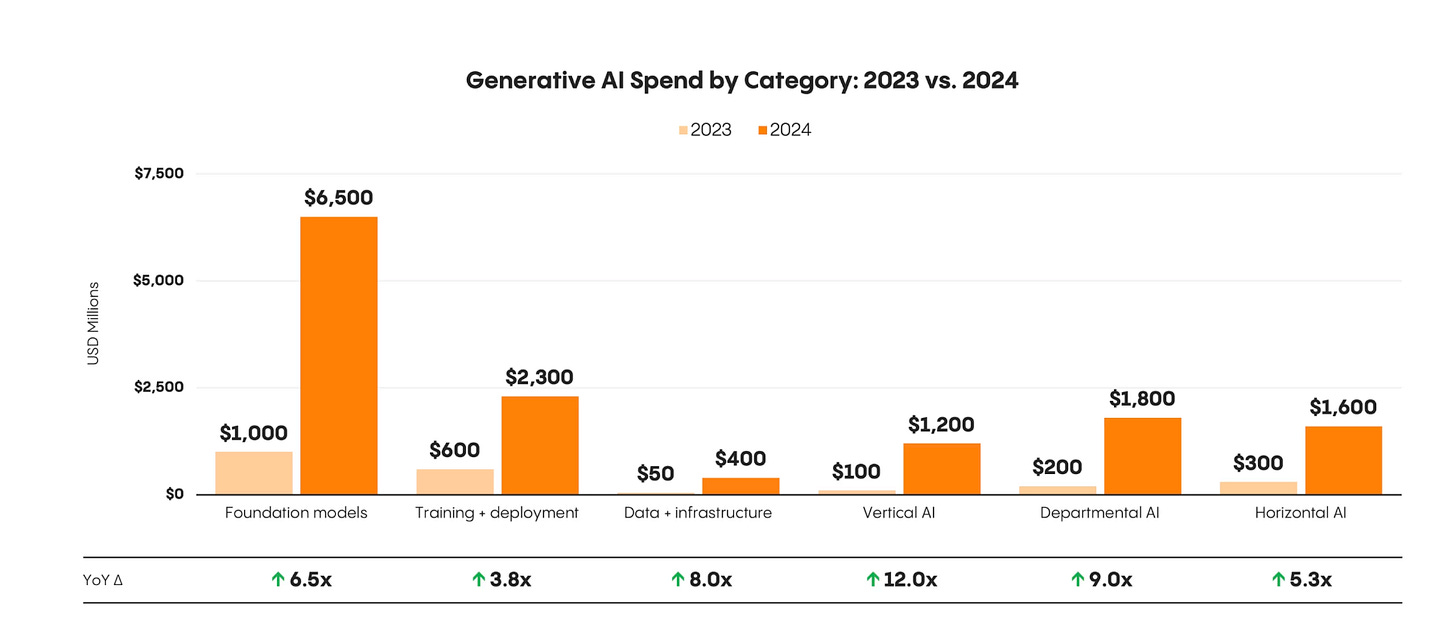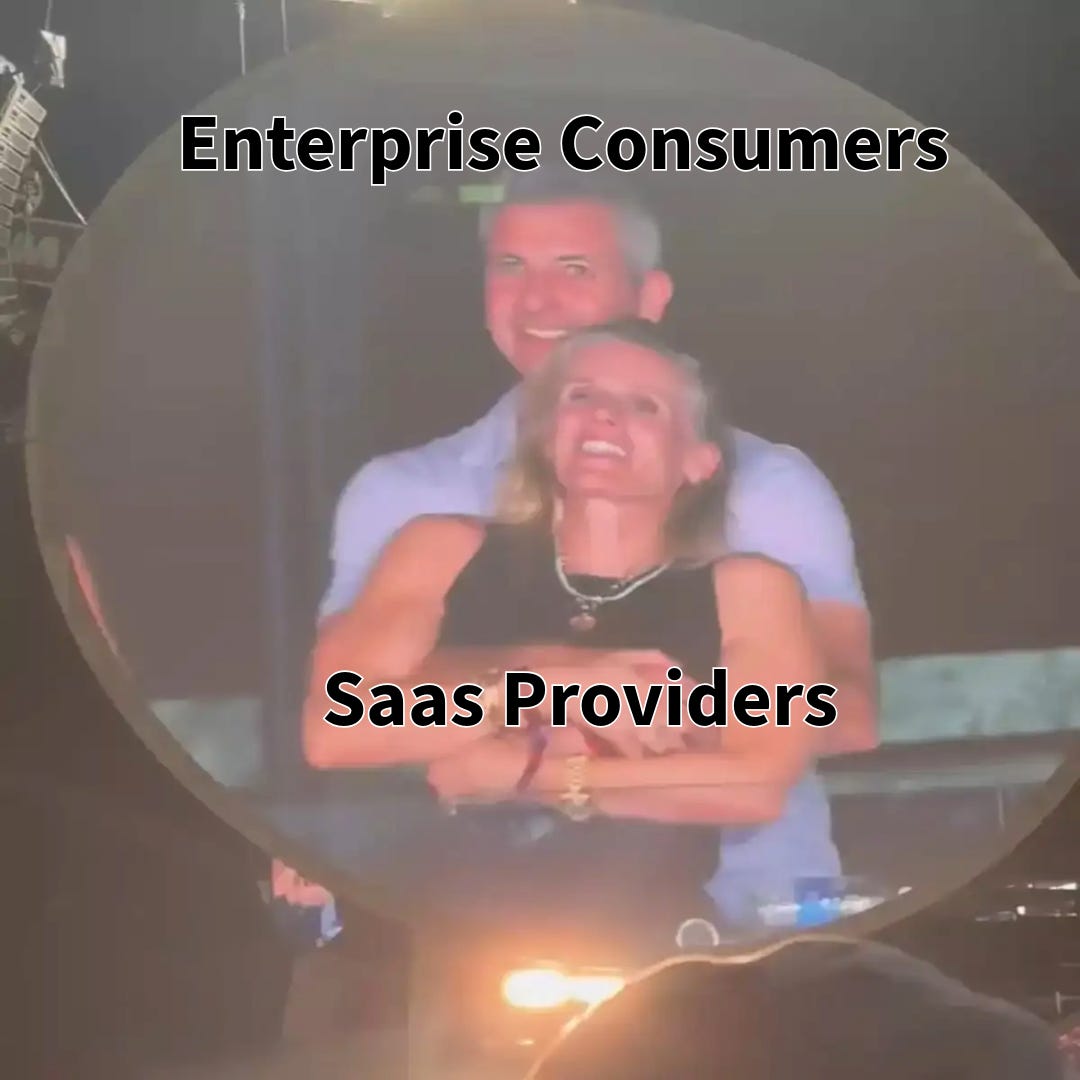The Forced Use of AI is Getting out of Hand
Corporate America just issued its latest ultimatum: use AI or update your LinkedIn
The C-suite's message is clear: use AI for everything or prepare to explain yourself in your next one-on-one. Microsoft has been one of the biggest surfers of this wave, requiring managers to grade employees on their AI habits, with some teams literally building dashboards to track who's using what.
Microsoft isn't the only company with force-fed AI policies; other companies are racing into the most hyped-up marketing stunt for investors. Duolingo famously brands itself as an "AI First" company, with AI usage expected in performance reviews. Shopify added questions about AI usage to its performance and peer review questionnaire. Thomson Reuters told its employees that "staff who do not pick up AI skills and use tools in their daily work have no long-term career prospects at the firm."
AI Assistants Everywhere
There is a huge appetite to add an AI assistant to every existing enterprise software out there, for both meaningful and meaningless use cases. Companies are repackaging the ChatGPT API with their enterprise data and slapping a catchy name1 on it to create an assistant.
Here are some examples of AI add-ons; some are useful, while others are questionable.
Do you need AI to write your company docs? Google and Microsoft's workplace AI got you covered.
Need meeting notes, but find it creepy that AI is eavesdropping on your calls? Too bad—Zoom's AI is already taking notes
Is it painful for you to think about your future and your growth plan in your company? Workday's AI will give you the growth plan you need.
Got tired of estimating stories on Jira in endless refinements? Jira's AI will estimate it for you.
Got tired of the drag-and-drop in your digital whiteboard? Miro will generate it for you from any text you already have.
Fast Adoption
The same enterprises that took five years to upgrade from Windows XP are now speedrunning AI adoption like it's the last Stanley Cup at Target. All legal and data proprietary risks appear to be ignored in pursuit of the holy grail: productivity gains and cost savings by leveraging AI to perform more tasks that humans do. McKinsey reported that companies with at least $500 million in annual revenue are changing more quickly than smaller organizations.
To accelerate this adoption even further, the enterprise AI software add-on is usually either free or available for a small fee. From the enterprise SaaS point of view, they want to hook their customers on AI's productivity and tighten their lock-in further. From the customer's point of view, they want to harvest productivity gains, and investors appreciate companies experimenting with new tech. These forces are making enterprises move very fast in adopting those AI features. According to Menlo Ventures, AI spending2 surged to $13.8 billion in 2024, more than 6x the $2.3 billion spent in 2023. Below is a graph of the generative AI spending by category. We can only expect these numbers to have grown by 2025.
Enterprise Playbook
Companies are pushing employees to adopt every possible AI tool through prompt leaderboards, performance metrics, and education sessions. The strategy will be to throw everything on the wall and track what sticks. Since it is still up in the air what the productivity gains will look like, companies will be monitoring employee usage and collecting feedback. Some of these tools will prove themselves irreplaceable, while others will be revealed as artificially inflated. In the next renewal cycle, companies will be ducking away from some of their AI initiatives faster than an adulterous CEO at a Coldplay concert.
No Material Impact Yet
The strong adoption isn't translating to dollar amounts in productivity yet. According to McKinsey, over 80% of companies surveyed in March 2025 are basically saying their gen AI investments aren't moving the needle on their bottom line. This proves my point that we are still in the experimentation phase. Time will tell which tools are the most useful for the consumer.
What to do with this
Now that we can identify this trend, how can we use it to our advantage?
Working with AI
If you're currently employed, you need to both use AI and demonstrate that you're using it, even for simple tasks. Many companies now include AI adoption as a key performance indicator, even when this isn't explicitly stated. Making your AI usage visible to your manager is a small but strategic move that aligns with the current workplace meta and can benefit your career.
Investing
SaaS companies have discovered the cheat code for investor FOMO: sprinkle AI on your product and watch the money roll in. While every enterprise software company out there is marketing its AI with a cool name and impressive stats about adoption, don't buy every AI success story these companies are selling. We need to ask ourselves if those products are useful for consumers.
There is a perfect opportunity in the enterprise SaaS providers sector that offers real productivity use cases. Some companies will provide value and will be able to raise their subscription costs in renewal, while others will be dropped into the AI toilet.
Also, companies using Gen AI in their work have not seen this translate to earnings yet. This doesn't mean that the technology isn't for real; rather, companies are still in the process of rewiring the way they work. This means we can expect earnings growth in the future, just attributed to the AI adoption.
Bottom line: Companies are shoving AI down employees' throats like it's the cure for cancer, but 80% aren't seeing any real returns yet. Smart money waits for the hype to settle before betting on winners.
Some of my favorite names are AI Companion, Einstein, Sensie, Illuminate, and Virtual Teammate.
Generative AI spending includes dollars that went to foundation models, model training + deployment, AI-specific data infrastructure, and new generative AI applications from both startups and incumbents (e.g., Microsoft Copilot, Salesforce Agentforce, Adobe Firefly). Note that this market sizing does not include revenue for chips (e.g., Nvidia), compute (e.g., AWS, GCP, Azure), or AI features (e.g., Intuit Assist).





See here: https://www.infoq.com/news/2025/07/ai-productivity/
"[T]hey found that AI-assisted programming led to a 19% increase in task completion time—even as developers believed they were working faster"